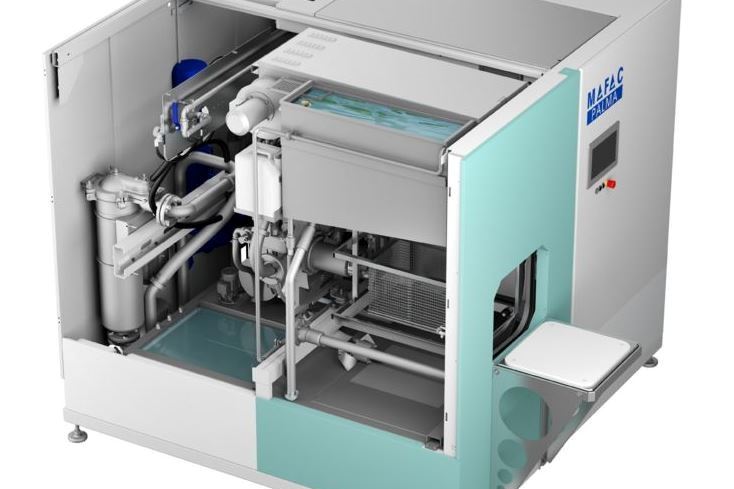Plating Q&A: Barrel Plating and Nesting
How do you reduce nesting?
Q. We do a lot of plating in barrels and continually battle the problem of nesting of the parts. What are some of the methods recommended for reducing or hopefully eliminating this problem?
A. This problem has been kicking around since the advent of barrel plating. I wish there was a cure-all for it, but in lieu of that, here are some of the classic solutions that partially solve the problem.
Featured Content
Reduce the rotation speed of the barrel and the barrel loads. These two factors tend to interact with each other. I don’t have a formula to determine the best rotation speed and barrel loads, so some experimentation on your part is required.
Different shaped parts can be mixed together in the barrel. This is an effective approach, but leads to one major drawback: You have to separate the parts when the finishing process is completed. If it’s a once in a while situation, you may need to do that by hand, but larger volumes of parts will require some type of screening procedure for separation. A clever variation of this approach is to mix inert materials with your load of parts. For example, copper plated balls are mixed with the parts that you are plating in the barrel. The problem with this procedure is obtaining the inert parts. At one time there were a number of vendors who sold these, but I am not aware of any that sell these parts today.
The third approach is to change the shape of the parts by adding a dimple or something that will make it more difficult for the parts to nest. The problem you have here is that the customer doesn’t want to invest the time or money to do the redesign. Many of the engineers who are involved in designing of parts have minimal understanding of the requirements of the plating process. Hence, parts that nest.
As an alternative to classic barrel plating of small parts, you should investigate vibratory plating. It has a number of advantages, but requires the purchase of new equipment. You can find more information on this type of plating by searching the Internet.
Originally published in the November 2015 issue.
RELATED CONTENT
-
Cleaning, Pretreatment to Meet Medical Specs ISO 13485 or FDA 21 CFR820
Maximilian Kessler from SurTec explains new practices for industrial parts cleaning, metal pretreatment and decorative electroplating in the medical device industry.
-
Nickel Electroplating
Applications, plating solutions, brighteners, good operating practices and troubleshooting.
-
Masking for Surface Finishing
Masking is employed in most any metal finishing operation where only a specifically defined area of the surface of a part must be exposed to a process. Conversely, masking may be employed on a surface where treatment is either not required or must be avoided. This article covers the many aspects of masking for metal finishing, including applications, methods and the various types of masking employed.



















